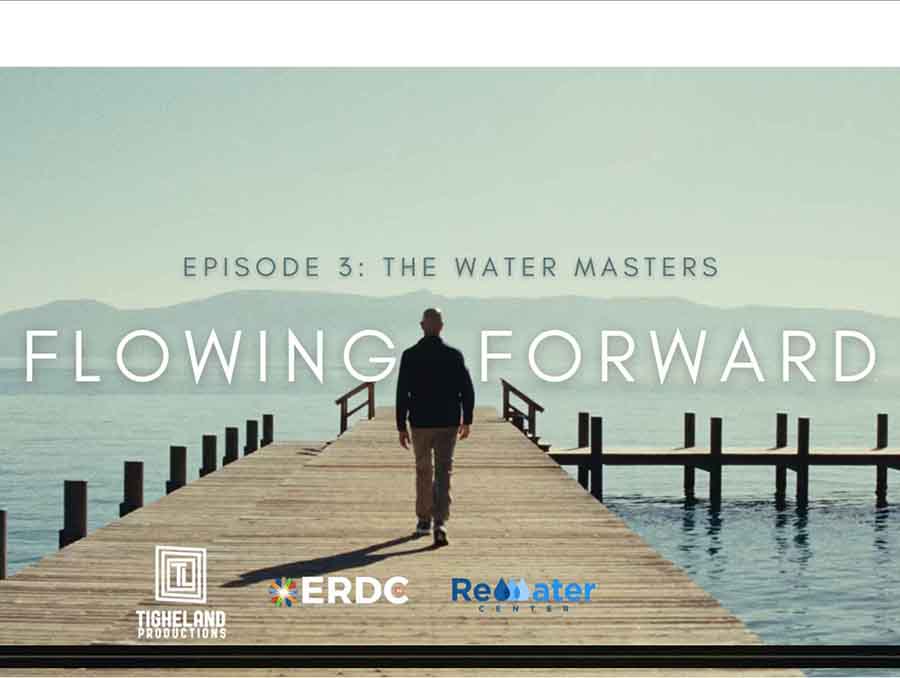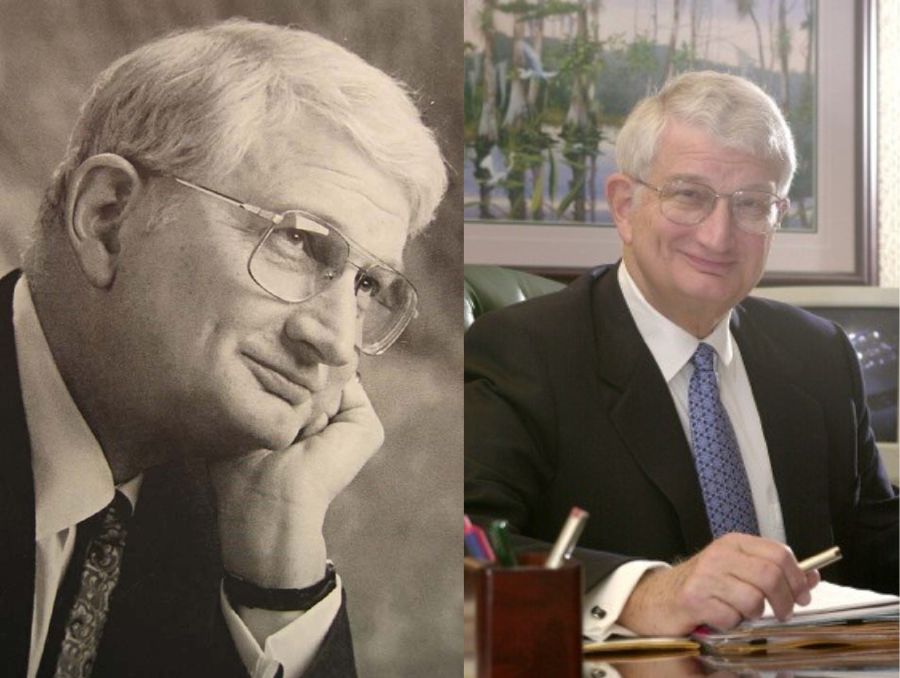Chemical and Materials Engineering Assistant Professor Kelly Cross is the driving force behind “Queering STEM Culture in US Higher Education,” a book she says gives voice to members of the STEM community, which often is pushed to the margins of society. Co-edited and co-authored with Rowan University Professor Stephanie Farrell and Montana State University Assistant Professor Bryce Hughes, “Queering STEM Culture” will be published by Routledge June 28.
Diversity in STEM is a research interest for Cross, who earlier this year received a National Science Foundation CAREER award to survey engineering faculty about their beliefs and values around diversity, equity and inclusion (DEI) and to develop a gaming tool to coach faculty responding to DEI situations.
Here, Cross discusses her new book in a Q-and-A with Nevada Today.
Q: This book deals with the queer and trans community in post-secondary STEM, which has been a focus of research for you. In 2017, you published the paper “Engineering Faculty Perceptions of Diversity in the Classroom,” looking at how STEM faculty view diversity and inclusion, among other work. How deep is the need to raise awareness of queer and trans issues in academia?
A: The need to raise awareness in academia is significant, particularly in STEM, which tends to take the position that “who you are” does not matter within a STEM education. The national conversation regarding the civil rights of the queer community, including the trans members, have been attacked across the country and the social landscape. Despite the increasing number youth coming aware of their queer identity, the educational system at both levels, K-12 and secondary education, have yet to respond to this growing student population. Therefore, we offer this book as a resource to those involved in higher education, whether it is a parent of a queer student or a colleague who is trying to support a current member of the STEM disciplines that happens to be queer-identified. In the book, we capture the unseen experiences of the queer-identified in STEM and we provide space for the voices often ignored within the ecosystem of the STEM culture and higher education. You can find research to support my point at the American Society for Engineering Education LGBTQ+ in STEM Scholarly Resources web page.
Q: The book shares the experiences of members in the queer and trans community in post-secondary STEM culture, portraying a situation where those groups continue to face exclusion and barriers. Recommendations on how to change that situation also are included. Can you tell us a little more about the work?
A: I would add that the book includes journeys of allies to the queer community as well. The allies are critical to increasing awareness and support. I would also like to mention that most of the authors and editors are all part of the Virtual Community of Practice (VCP), which is committed to improving the experiences of the LGBTQ+ community in STEM by developing Safe Zone training and workshops that focus specifically on the unique educational culture of STEM that historically has been exclusive to several groups of non-centered identities including queer, people of color and women. Information on the VCP can be found at the American Society for Engineering Education web page on Safe Zone workshops. Also, (the book has) chapters from administrators and their takes on how to support the queer community from a position of academic leadership.
Q: Walk us through how this book come to be.
A: Several colleagues have encouraged me to write my story about the experience of being an openly queer STEM professional and my academic career path. After discussing my idea to write a book about my experience with a Routledge publishing manager, she asked me if I would be interested in working on an edited volume with multiple stories. After long consideration and consulting with my mentors, I agreed to lead the project. I first recruited my two co-editors and developed a plan and timeline to create the book. I also hired an experienced editor to support the writing in the book as all the authors had different levels of experience with academic writing and particularly with the autoethnographic approach we applied within the project. Most of the authors are members of the VCP and this was truly a group effort. The group was already making a difference with the Safe Zone training, and the book offered a different way to interact with the larger STEM community and give voice to the members of STEM community, which often is pushed to the margins and overlooked, if not outright ignored.
Q: In one chapter in the book, “Building a Village to Manage my Triple Threat Multiple Identities,” you share some of your experiences and the importance of building a professional network that affirms the integration of multiple marginalized identities. Without giving too much away, can you share a little about your experience and how your support network was able to help you navigate your situation?
A: Although I had challenges throughout my academic career, it has been my faith in God and the support of “my village” over the years that have kept me engaged and encouraged to know that I have something to contribute the STEM community, whether they like or not. I want the “in the closet” queer student to know there is way to navigate the STEM culture and that your sexual identity or sexuality does not define or have anything to do with your ability to do science. I was able to survive because I found community. Queer people, like all other human groups, need community. The STEM culture is not designed for you to make it as a lone wolf! Also, I want educators to know that education, particularly engineering education, is an identity development process and, thus, students will explore their multiple identities during their education, including their sexual identity. So as educators, we have the responsibility to support that development so that our students and our colleagues can become the best STEM professionals as possible.
Q: What audience do you hope this book will find its way to, and why?
A: The audience for the book is anyone — including family members and educators — interested in learning about the experiences of the queer-identified in STEM and understanding ways to support this community. Although we use an academic approach to telling the stories, I think the essence of the stories are accessible to non-academics as well. I specifically requested each author to explicitly state their takeaways from their chapter. So even if you don’t understand all the STEM jargon, there are still lessons that can be learned in other disciplines and areas such as industry and government agencies.
Q: Is there anything else about the book or your work that people should know?
A: The project was not easy for many of the authors. Please appreciate their effort and gift to shine a light on a topic rarely discussed within STEM. It is our intent to start a conversation. We know this is NOT the complete representation of the queer community or the discussion about our role in STEM.















